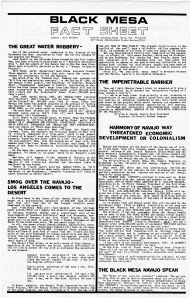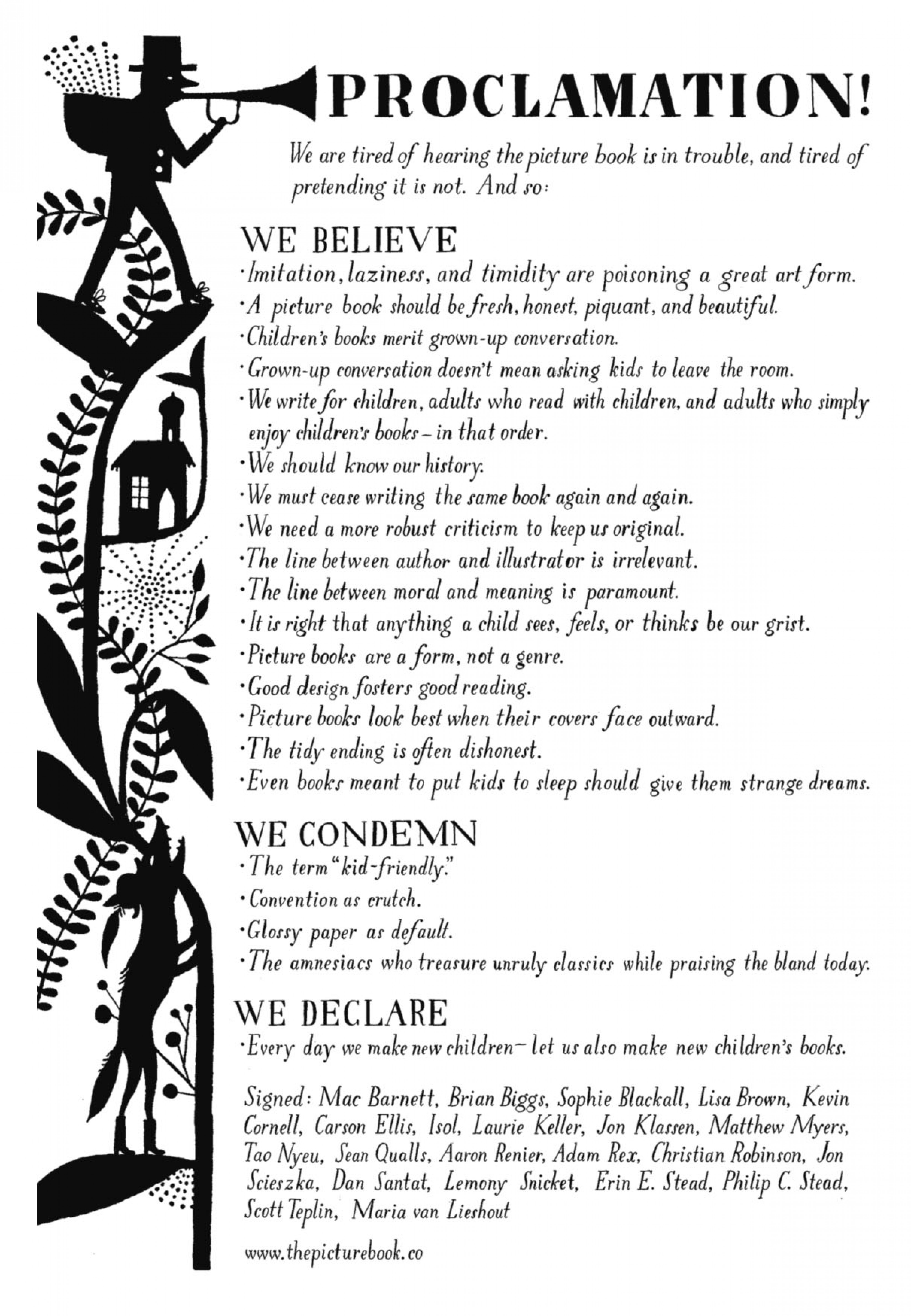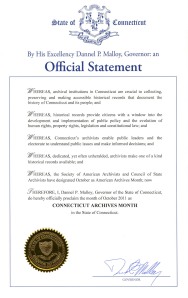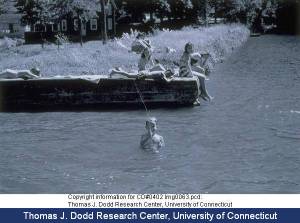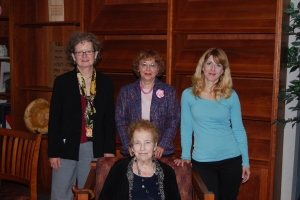
Radioactive Times
The members of California’s Abalone Alliance must have thought just that as they continually resisted the proliferation of U.S. nuclear power plants—the Diablo Canyon plant in San Luis Obispo County being one of them—in the 1970s and ’80s. The Diablo controversy began in 1963, with the Pacific Gas & Electric Company’s proposal to build a nuclear plant in California. Anti-nuclear activists later learned that the company had not conducted sufficient seismic tests for fear of gathering information that would ultimately delay construction. What’s more, the plant was to be built 2.5 miles away from an earthquake fault. PG&E made this discovery in 1962 but neglected to inform the surrounding community about this safety concern (“Diablo Canyon, a history of cover-ups and resistance”).
Organized forms of civil disobedience—leafleting, peaceful protests, etc.—occurred under the direction and encouragement of the Abalone Alliance, an umbrella organization of over 60 groups, including the Los Angeles-based Alliance for Survival. In addition to promoting the Alliance for Survival’s Radioactive Times, the Abalone Alliance also distributed its own newsletter, It’s About Times. Both of these newsletters closely covered the developments at Diablo, and both also strove to spread awareness about the harmful effects of nuclear power. In fact the Times, whose main slogan was to deliver “All the news they never print,” went so far as to criticize the Reagan administration for its financial support of nuclear fusion research while cutting the budgets for energy conservation and solar energy (“Nuke Time for Bonzo”).
The opposition of the Abalone-affiliated groups was formidable. In 1981, 10,000 local citizens instituted a two-week blockade of Diablo Canyon, resulting in 1901 arrests. That year, it was also revealed that “PG&E used wrong blueprints when installing key seismic supports” (“Diablo Canyon, a history of cover-ups and resistance”). Whistleblower John Horn lamented: “I wasn’t exactly popular around the office then because most people thought I was just kind of nitpicking, and that I was stirring up trouble” (“Diablo Canyon, a history of cover-ups and resistance”).
Despite these protests, Diablo Canyon was granted an operating license by The U.S. Nuclear Regulatory Commission on November 2, 1984, and will maintain this license until at least November 2, 2024 (“Diablo Canyon Power Plant, Unit 1”). On its website, PG&E maintains that “Diablo Canyon Power Plant is a safe, clean, reliable and vital resource for all Californians” (“Welcome to Diablo Canyon”).
However, the work—the history—of these sometimes overlooked grassroots anti-nuclear groups is still preserved within the Alternative Press Collections at the Dodd Center today, waiting to be rediscovered by researchers and students alike.
Krisela Karaja, Student Intern
Resources:
“AA Safe Energy Groups.” It’s About Times: Abalone Alliance Newsletter [San Francisco, CA] Mid-June—July, 1980: p. 11. Print. Alternative Press Collections. Archives and Special Collections at the Thomas J. Dodd Research Center, University of
Connecticut Libraries.
“Abalone Alliance Newsletter: It’s About Times.” It’s About Times: Abalone Alliance Newsletter [San Francisco, CA] Mid-June—July, 1980: p. 2. Print. Alternative Press Collections. Archives and Special Collections at the Thomas J. Dodd Research Center, University of Connecticut Libraries.
“Diablo Canyon, a history of cover-ups and resistance: Do PG&E and the NRC Really Care About Safety?” [San Luis Obispo, CA] final edition, early 1984: p. 4. Print. Alternative Press Collections. Archives and Special Collections at the Thomas J. Dodd Research Center, University of Connecticut Libraries.
“Diablo Canyon Power Plant, Unit 1.” U.S. NRC: United States Nuclear Regulatory Commission. NRC, 24 June 2011. Web. 13 Oct. 2011.http://www.nrc.gov/info-finder/reactor/diab1.html.
“Nuke Time for Bonzo.” Radioactive Times [San Luis Obispo, CA] Summer 1981: p. 3. Print. Alternative Press Collections. Archives and Special Collections at the Thomas J. Dodd Research Center, University of Connecticut Libraries.
“Welcome to Diablo Canyon.” PG&E. Pacific Gas & Electric Company, n.d. Web. 13 Oct. 2011. <http://www.pge.com/myhome/edusafety/systemworks/dcpp/>.








